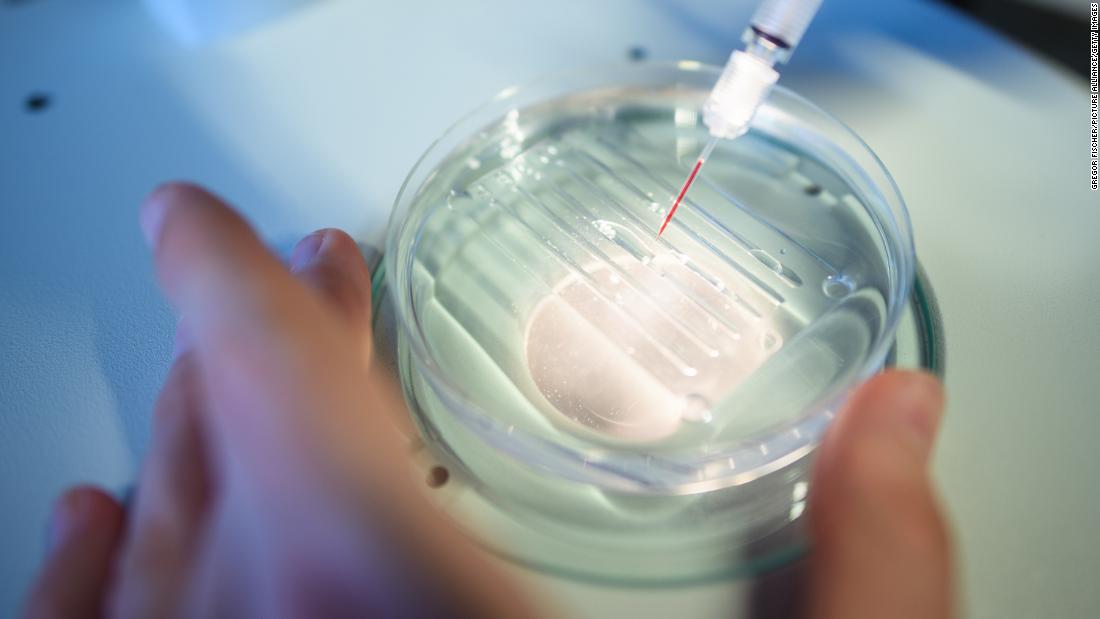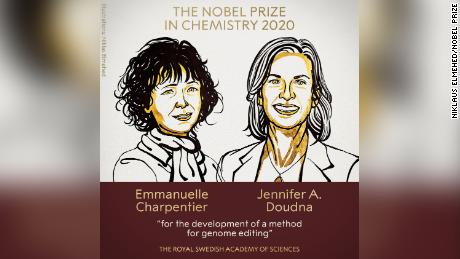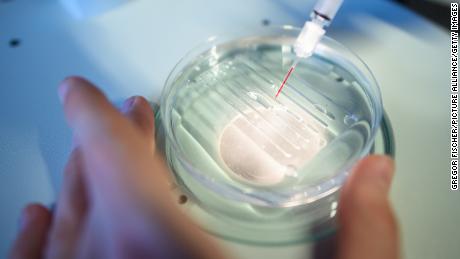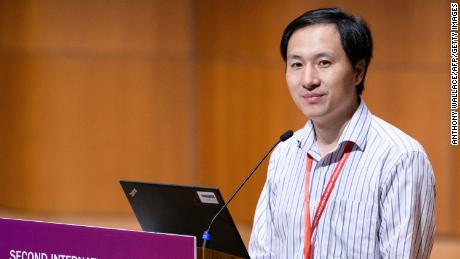
While Rose spent her short life helping to break down the stigma attached to a devastating illness, geneticist David Liu has dedicated his career to developing ways to alter the genetic code that took her life at such a tender age.
“That a single misspelling in her DNA ended Adalia’s life so early is a loss for all of us,” said Liu, a professor of chemistry and chemical biology and director of the Merkin Institute of Transformative Technologies in Healthcare at Harvard University.
“I did not get the chance to meet Adelia before she passed away in January. But every progeria patient I have met has been warm, charming, articulate and profoundly inspiring,” Liu told CNN.
Liu is hopeful the tool will soon be used in human clinical trials to reverse progeria in people.
“The base editor goes into the cells of the animal, looks for the mistake, which in progeria is a C to a T and changes the T back into a C,” Liu said in advance of his presentation on the topic to the Life Itself conference, a health and wellness event presented in partnership with CNN.
“And that’s it. We never come back into the patient — it’s a one-time treatment that permanently fixes the mutation that causes the disease,” said Liu, who is also vice-chair of faculty at the Broad Institute of MIT and Harvard, a biomedical and genomic research center in Cambridge, Massachusetts.
“The age of human therapeutic gene editing isn’t just coming. It’s already here,” Liu said.
The benefit of a ‘nick’
Scientists edit genes by using enzymes that have been engineered to target a specific sequence in DNA, cut out the offending genetic material and insert replacement DNA. For decades, however, known methods of modifying our genetic code were clumsy, often missing their target or cutting too much or too little genetic material.
Like older editing technologies, however, CRISPR-Cas-9 cuts both strands of DNA, which has some disadvantages, Liu said. For one, some cells reversed the changes after they were made, he said, “so the overall efficiency of the editing was very low.”
Liu’s team discovered that if you cut only one strand of the DNA double helix with CRISPR-based technology and “nick” the other, the cell was more likely to implement the corresponding change on the second strand without complaint — and with fewer mistakes.
Editing larger sequences of DNA
Liu and his team also invented another type of CRISPR-based tool called a prime editor, which could make larger, more complex edits to DNA that base editors could not.
“An analogy I like to use is that the original CRISPR-Cas_9 is like scissors that cut DNA. Base editors are like pencils that precisely correct letters by changing them to one of four different letters,” Liu explained. “And prime editors are like molecular word processors that do a true search and replace of larger sequences.”
Only a third of the 75,000 known “misspellings” that cause genetic disease can be corrected by base editors, Liu said. “But add in our prime editor, and between the two they can finally liberate us from being beholden to the vast majority of misspellings in our DNA,” he said.
“We have to make sure all of these different technologies go through clinical trials very carefully,” Liu added. “But if they prove to be safe and efficacious, then one could imagine treating not just rare misspellings that cause grievous genetic diseases, but perhaps even treating gene variants we know contribute to terrible diseases like Alzheimer’s disease or high cholesterol.”
However, Collins added, “It’s unclear if prime editing can insert or remove DNA that’s the size of full-length genes — which may contain up to 2.4 million letters.”
Genetic editing will not be a solution for all of life’s illness, Liu cautioned. For example, infections and cancer cells are two areas that are not well matched for gene editing, because you would need to touch each cell to stop the illness.
“But with many genetic diseases, we often only need to edit 20% or 30% of tissue to rescue the genetic disease,” Liu said. “That’s what we saw with progeria and sickle cell disease in mice. A little bit of editing can go a long way to rescue these diseases in animals, and we think in people as well.”
Correction: An earlier version of this story incorrectly attributed comments by Liu as made during the Life Itself conference. They were from an interview.



